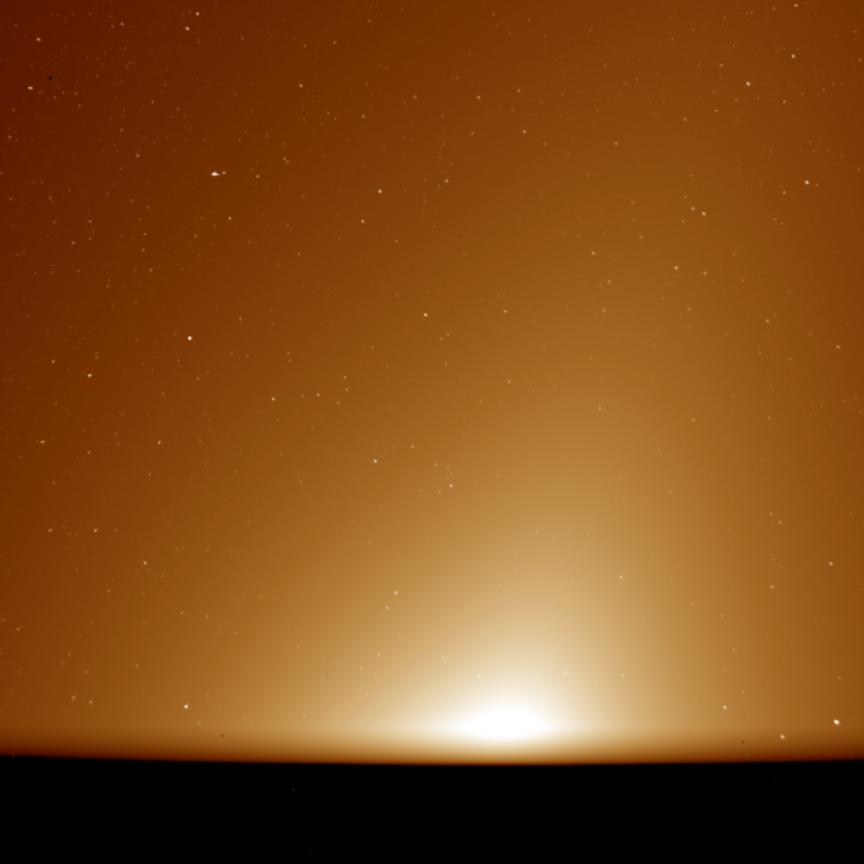Two Active Silicon frame grabbers are being launched on a scientific balloon high into the Earth’s atmosphere as part of a project to explore Earth-like exoplanets. The high-altitude balloon will contain an imaging payload to examine debris disks and exozodiacal dust around neighbouring stars.
![]()
NASA regularly launches high-altitude scientific balloons from sites such as Antarctica to aid space exploration research. (Image: Active Silicon)
The project, known as PICTURE-C (Planetary Imaging Concept Testbed Using a Recoverable Experiment – Coronagraph), is being undertaken by The University of Massachusetts‘ Lowell Center for Space Science and Technology, and will entail two flights scheduled for September 2018 and September 2019. This is the latest experiment in the ongoing PICTURE series of missions, with previous research rockets having been successfully launched in 2015 and 2011.
The planned mission will comprise a 60cm off-axis unobscured telescope and a high-contrast coronagraph being launched in a high-altitude balloon, which will rise to approximately 40km above the Earth’s surface. Nasa’s Wallops Arc Second Pointer (WASP) gondola will then be used to point the scientific instruments at observation targets with arc-second accuracy and stability. Results from the experiment are due to be presented by the researchers in January 2019.
The two Phoenix PC/104-plus frame grabbers from Active Silicon are to be used in the acquisition system of a low-order wavefront sensor, a wavefront corrector that will modify time-varying aberrations such as pointing jitter to improve the accuracy of readings. High-speed, low‑latency acquisition is essential to the success of the experiment, as the researchers are aiming for a frame rate of 200Hz with a mean acquisition latency of less than 180μs.
Nasa regularly launches scientific balloons high up into the Earth’s atmosphere to aid research on fundamentals such as the origins of the universe, cosmic rays, black holes and other planetary and space investigations. Launched from a variety of sites from Antarctica to Sweden and Hawaii to Australia, flights generally last from a few hours to a few days; earlier this year saw the launch of a mission designed to run for more than 100 days using a super-pressure balloon, which always maintains a positive internal pressure in relationship to its the environment. The balloons are generally over a million cubic metres in volume and can carry payloads up to the equivalent to three small cars.

